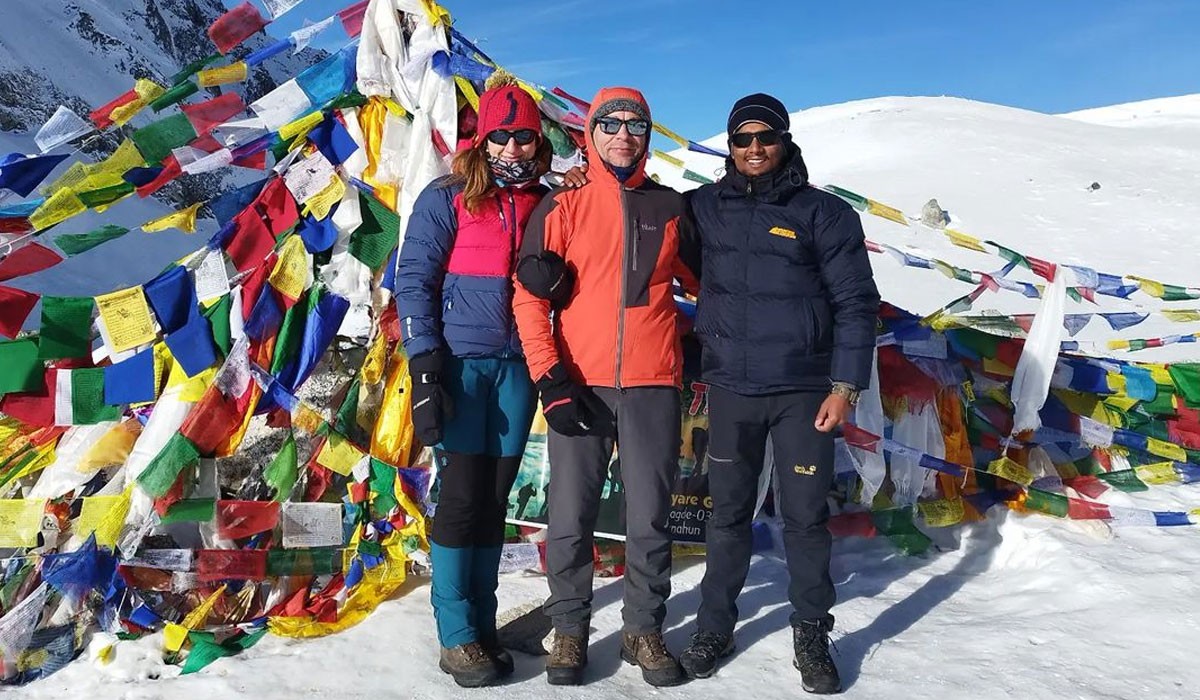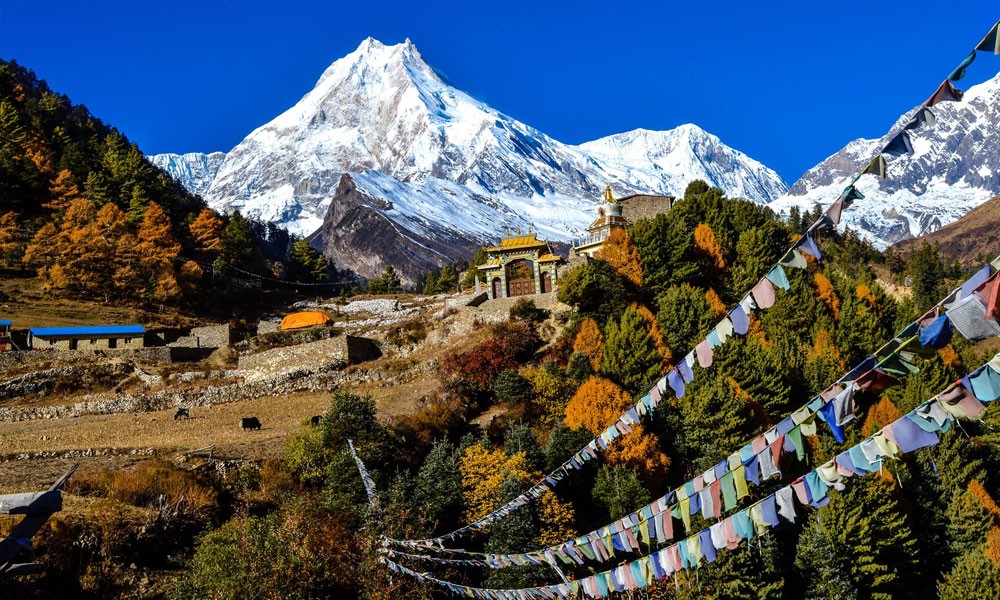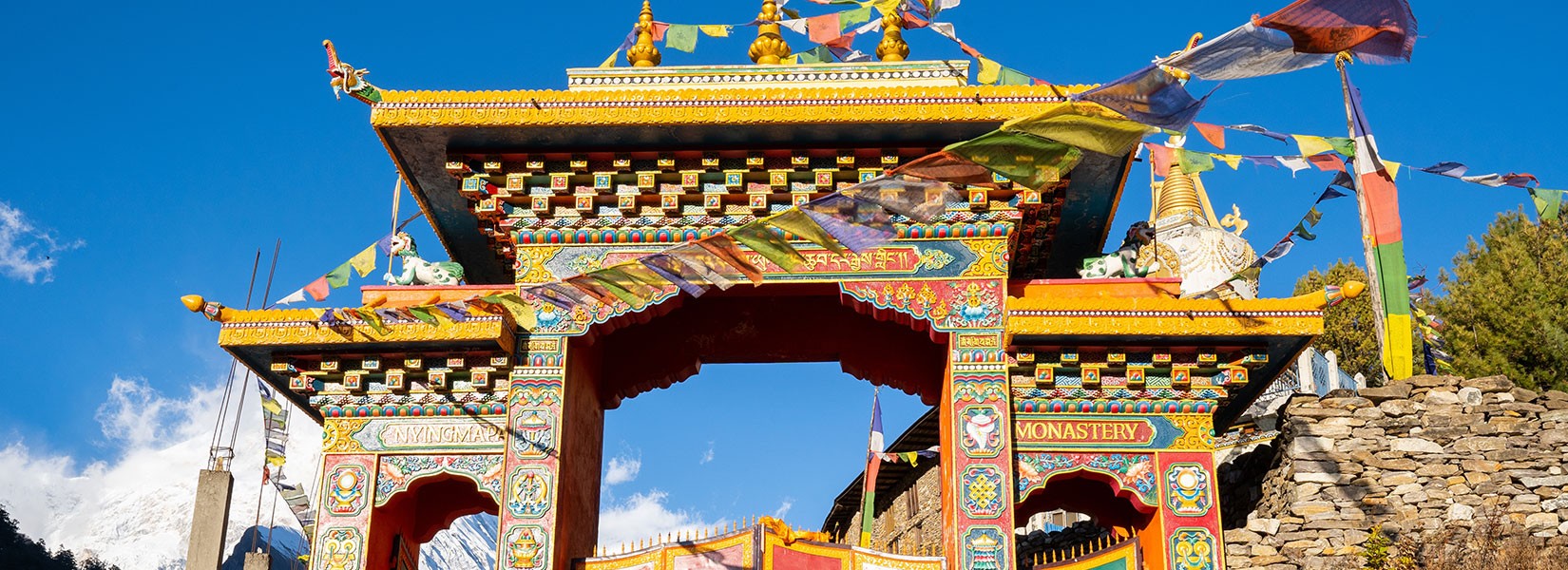Short Manaslu Circuit Trek Difficulty

If you are keen on exploring the west-central prospects of the Nepali Himalayas, the short Manaslu Circuit Trek takes you on an exciting journey to the foothills of the Mansiri Himal range. The difficulty level of Manaslu Circuit is also mild, at a moderate level. So, even if you are just getting started with the high Himalayan adventures, this trek can be an exciting way to kick-start your epic quest.
The route in this Manaslu Circuit Nepal is also quite easygoing compared to other remote explorations. The only significant challenge in this classical Himalayan adventure is the Larkya La Pass (5,106 meters). But, as you acclimatize properly before taking on one of the high Himalayan passes in the Manaslu region, it won’t be as strenuous as you might imagine.
Similarly, in the Short Manaslu Circuit Trek, you will traverse across a total trekking distance of about 177 km (110 miles). So, it is about 5-6 hours of slow-paced walking during each day of your exploration. You will be able to easily pull it off with a moderate amount of preparation.
As there are no acclimatization days, this short and sweet exploration might seem a little daunting. However, the trekking adventures in Nepal are meant for slow-paced walking. It means you will acclimatize as you move along with the daily exploration route. Furthermore, you don’t spend much time at elevations over 4,000- 5,000 meters, so the risk of altitude sickness is also significantly lower.
Short Manaslu Circuit Trek 8 Days - Training and Preparation
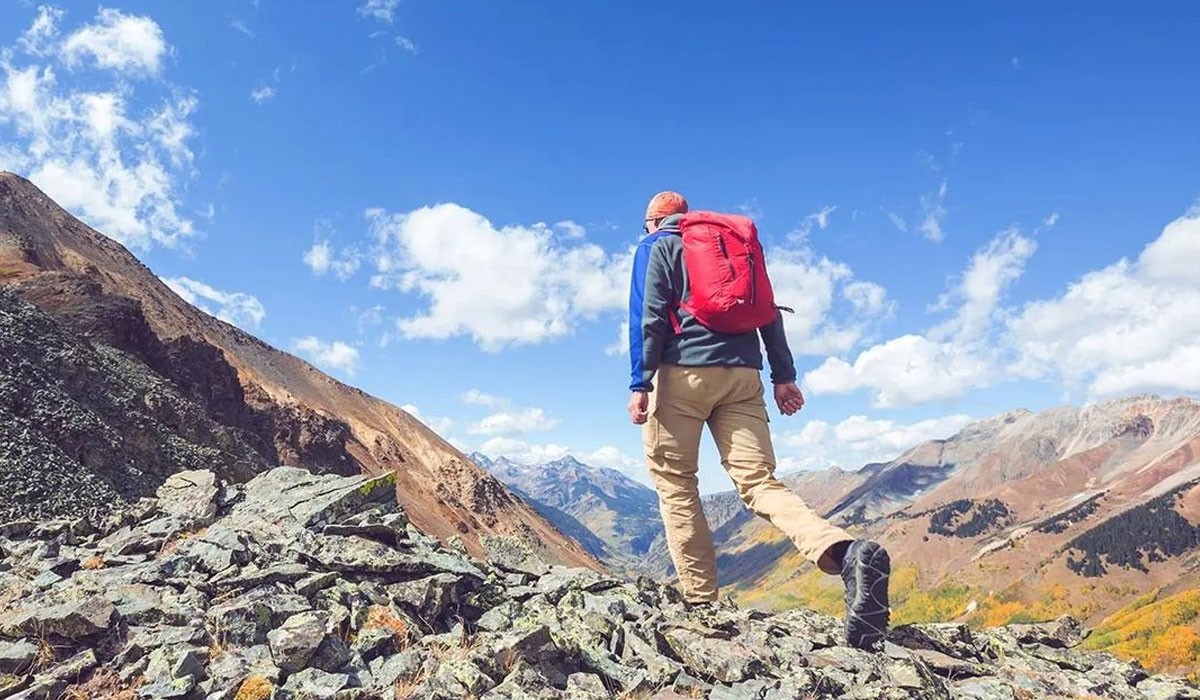
When it comes to high-altitude adventures, physical prowess plays a vital role in determining the comfort and enjoyability scale. If you put in effort during the preparation part, you will be able to enjoy a more relaxed exploration later on.
The training period for the preparation of the Short Manaslu Circuit Trek should be somewhere between 4-6 weeks. You can allocate a few hours from your schedule to make the time for training. It will be most effective to do a self self-physical assessment and take guidance from a trainer or veteran guides to design a suitable plan.
Your overall strength level and stamina should be optimum if you will cover the trekking distance of about 5-6 hours. Furthermore, you will also need to be able to trek on the gradually ascending route carrying your daypack.
Recommended exercises for your trek:
Strength Training: Push up, pull up, deadlift, plank, goblet squat, wall pushup, overhead press, lateral raise, step up, bicep curl, etc
Stamina Training: Jogging, cycling, dancing, swimming, jumping rope, rowing, lateral jump, powerwalking, etc
Accommodation, Food, and Beverages
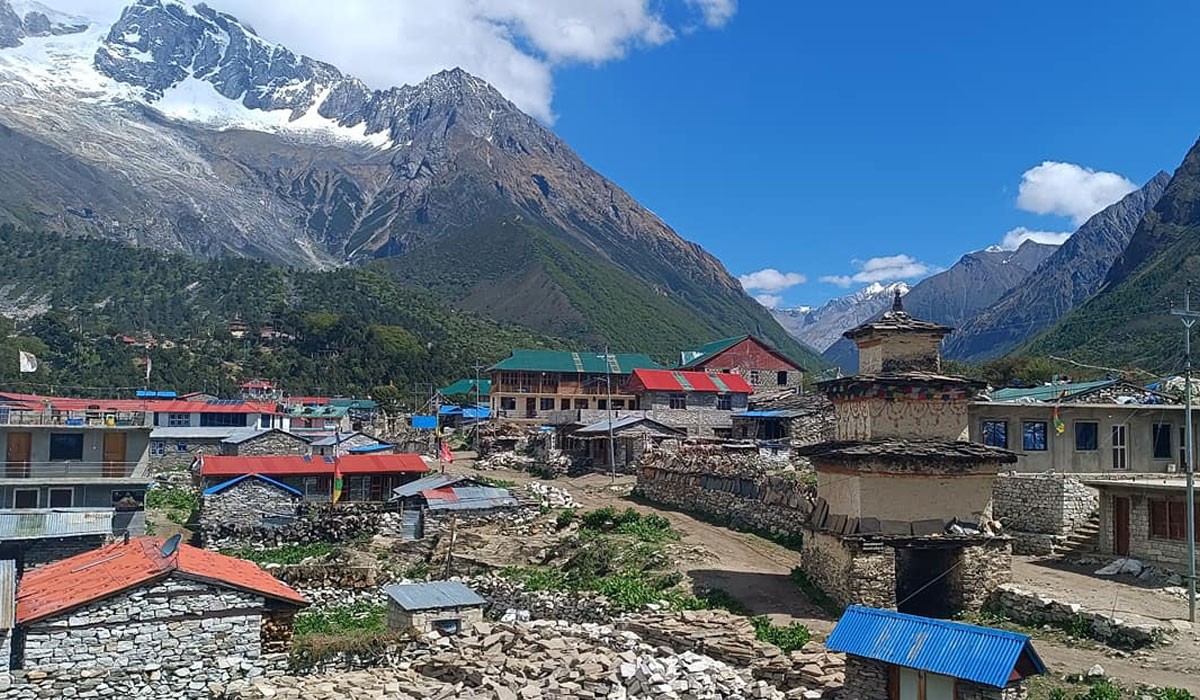
8 Days Short Manaslu Circuit is a classical trekking route in the Himalayas. During this exhilarating exploration, you will spend 7 nightsat the teahouses in your trekking route. The accommodation services in this remote trail may not be as well-developed as the mainstream trekking routes. However, you will still be able to enjoy a moderate level of accommodation facility during your stay.
Most of the teahouses in this remarkable trekking region are run by the natives of the Manaslu region. During your trek, you will stay in a comfortable and warm room. There are mostly two to three beds in each room at the teahouses. In the lower region, there are Western-style bathrooms attached to your room. But, at the higher altitudes, the attached bathroom facilities and hot showers are pretty much limited.
Food
Nepal's diverse regional food menus are a major highlight of this incredible Himalayan adventure. During your everyday trekking adventure, you will be able to enjoy the delightful and tasty delicacies the Manaslu region has to offer. Not only are these dishes amazingly tongue-lingering, but also the ingredients used are super fresh and healthy.
During your Short Manaslu Circuit Trek, you will be able to enjoy a wide range of delicacies. From the diverse traditional dishes that represent different regions of the country to other Asian dishes and Western menus, the options are quite extensive.
Breakfast Menu: Bread, eggs, toast, jam, butter, teas, coffee, juice, muesli, paratha, pakoda, aalu chop, chapati, Tibetan bread, oats, pancake, pudding, etc
Lunch & Dinner Menu: Dal bhat tarkari, gundruk, dhido, chowmein, momo, shyaphale, thukpa, tingmo, riki kur, yak steak, spaghetti, pasta, pizza, sandwich, etc
Beverages
Like the food prospects of this Himalayan exploration, the beverage range is also quite diversified. From traditional warm beverages, juice, and alcohol to canned cold drinks and branded liquor, you can pretty much drink anything you want.
Still, you have to be careful while consuming alcoholic drinks; drink in moderation, or don’t consume alcohol at all. Having alcohol in your system can complicate the acclimatization process, and it is quite risky as well, trekking at high altitudes under the influence of alcohol.
On the other hand, you should drink an adequate amount of drinking water to acclimatize effectively and to maximize your comfort level during the long hours of trek. The recommended volume of water for a high-altitude trek is about 3 to 4 liters per day.
We don’t recommend buying mineral water bottles at the teahouses due to environmental hazard reasons. There are stations along the trekking route with safe drinking water sources. You can fill your bottles at these stations as you move along with your everyday journey.
Just don't forget to purify them using the purification solutions. You will also be able to buy boiled and filtered water from the teahouses enroute, which can cost around US$ 1 to US$ 2 per pot.
Packing Checklist
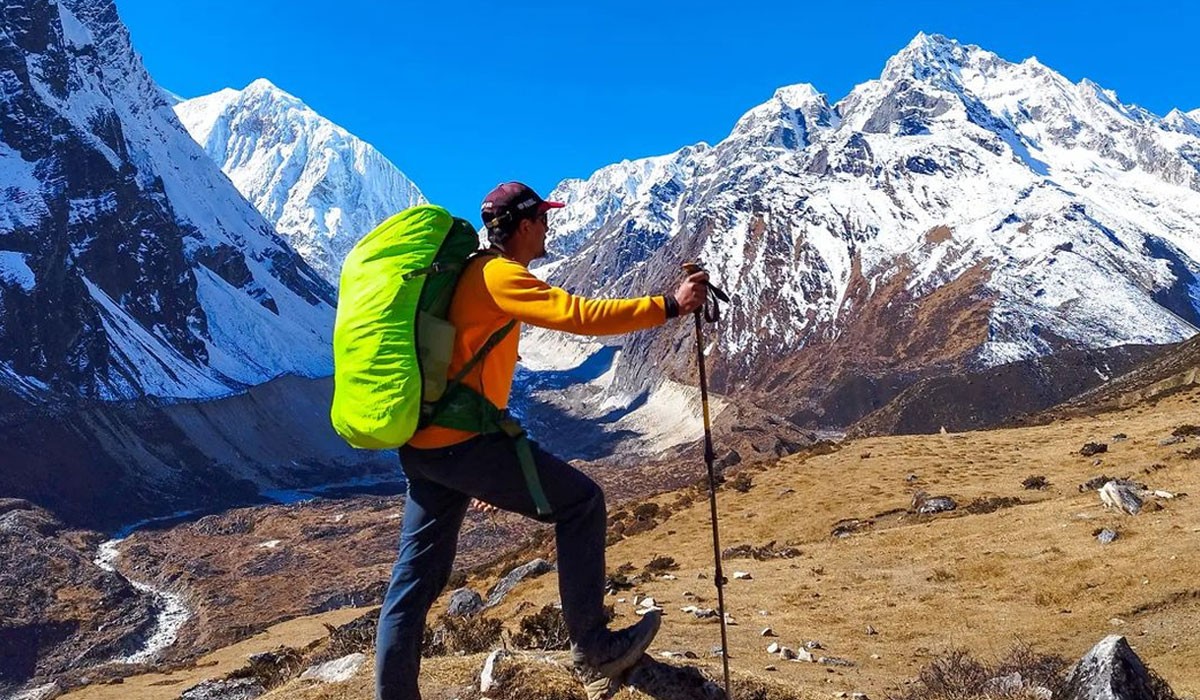
You must make the arrangements to deal with the different climatic conditions along your trekking route. The lower trails in the autumn and spring seasons are generally warm and you will be able to trek even with light clothes.
However, dealing with the alpine altitudes can be a little tricky. You never know when you might have to deal with the chilly nights. Furthermore, you will also require gear and equipment to deal with the long hours of trekking and remoteness of the region while at the same time taking care of your personal hygiene.
Here are some of our recommendations for the Manaslu circuit that you can use for reference:
For Body
- Sun hat, scarf
- Knitted hat, woolen hat, beanie
- Neck gaiter
- Light waterproof gloves, woolen winter gloves
- Light t-shirts, half shirt, long sleeve shirt
- Thermal vest
- Waterproof/windproof jacket
- Down jacket
- Hiking shorts, cotton pants, light trousers
- Heavy trousers, waterproof/windproof trousers
- Several pairs of undergarments
For Feet
- Sports/ trainer shoes
- Trekking boots
- Ankle support
- socks (several pairs and different thickness levels)
- Waterproof gaiter
- Crocks, sandals, slippers
Personal Hygiene
- Hand sanitizer
- Soap, shampoo, conditioner
- Toothbrush, toothpaste
- Quick dry towel
- Napkin, wet wipes, toilet paper
- Small mirror
- Nail clipper
- Foot powder
- Insect repellant
- Sun protection cream
- Lotion, lip care
- Personal medications
- Water purification solution/tablets
Gear/Accessories
- Headlamp (bring an extra pair of batteries)
- Trekking poles
- Backpack/daypack
- Duffle bag
- Packing sack
- Sleeping bag
- Binoculars, camera
- Thermos flask
- Magazines, journal
- Notebook, pen
- Portable first aid kit
Is This Trek Suitable for You?
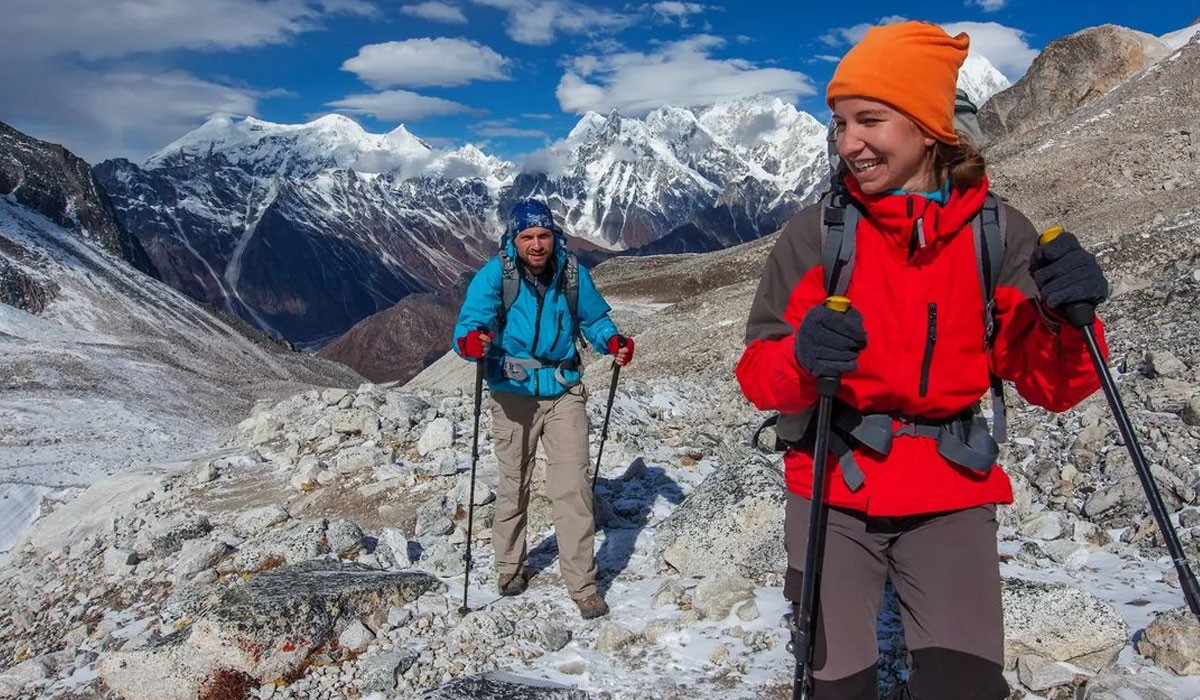
This short exploration of the west-central part of the Himalayas is definitely a wonderful adventure. But, what makes this Himalayan trekking adventure even more exciting is that anyone can do this trek. If you have a basic level of physical fitness and good health conditions, you are more than just qualified to do this trek.
The success rate of this exhilarating adventure is 98% to 100%. That pretty much defines the overall difficulty level of this remarkable adventure. In its trekking history, even children under the age of 10 and trekkers older than 70 have completed this short-circuit trek.
You will also face a moderate level of challenges in this trek compared to other high-altitude remote explorations. This trekking adventure is close to and crosses the mainstream route of the Annapurna Circuit Trek. So, the services and amenities along the trail are on the moderate and well-developed side compared to the isolated regions.
Safety
Your Short Manaslu Circuit Trek will be led by a government-certified and trained guide with relevant years of experience. Our guides have also received training for high altitude response by the Kathmandu Environmental Education Project (KEEP).
The safety and well-being of our guests are our top priority. During the trek, your leader will evaluate your physical condition and oxygen saturation every day. Our head office located in Kathmandu will receive data on your location and your health conditions every day.
If you are wondering about what happens in case of sickness during your trek, your guide will take proper measures and coordinate with the head office for the next step. If the condition is minor, the trekkers are transferred to the nearby health facilities.
However, in case of emergencies, a helicopter rescue operation is initiated. We can also arrange supplementary oxygen bottles if the trekkers feel like they might need them at higher altitudes.
See also:
Permits
You will need four permits to explore the charming trails of the Manaslu Circuit.
- Restricted Area Permit (RAP)
- Manaslu Conservation Area Project (MCAP)
- Annapurna Conservation Area Project (ACAP)
- Trekkers’ Information Management System (TIMS) Card
The permit needed for the Short Manaslu Circuit Trek is a little high in number as you will traverse several restricted areas during your exploration. The region between Jagat and Dharapani is designated as a special restricted area as it sits near the Tibetan border. To get the Restricted Area Permit (RAP), you will have to pay US$ 100 (December to August) and US$ 75 (September to November) for the first week.
Similarly, the cost of the Manaslu Conservation Area Project (MCAP) is US$ 30 for foreign trekkers and US$ 10 (Approx. NPR 1,000) for SAARC Nationals. You will also enter the Annapurna Conservation Area during in Dharapani to Besisahar route. So, you will need to get the Annapurna Conservation Area Project (ACAP) as well, which costs approximately US$ 10 for the citizens of SAARC nations and US$ 30 for other nationals.
Trekkers’ Information Management System (TIMS) Card is another mandatory permit in this high-altitude adventure. This card helps the authorities to keep track of the entry points and ensure the safety of the trekkers with quick responses in case of any mishaps. The cost of a TIMS Card for foreign trekkers is US$ 17, and NPR 1,000 for the SAARC country citizens.
Electricity and Internet
The lower trails in the Manaslu Circuit have sufficient electricity facilities. You can charge your devices easily at the teahouses for some extra cost. However, the high altitudes are more dependent on solar power as electricity isn’t available all the way to the top.
So, it will be best if you pack power banks and solar chargers for your adventures. This way, you won’t have to worry about your devices running out of battery.
As for the internet connection, the local networks like Ncell and NTC are not reliable throughout the region. You can use the Wi-Fi card for the internet connection where the mobile network has no coverage. The teahouses in the lower region also provide wifi services, and you can connect to the network by paying a little extra.
